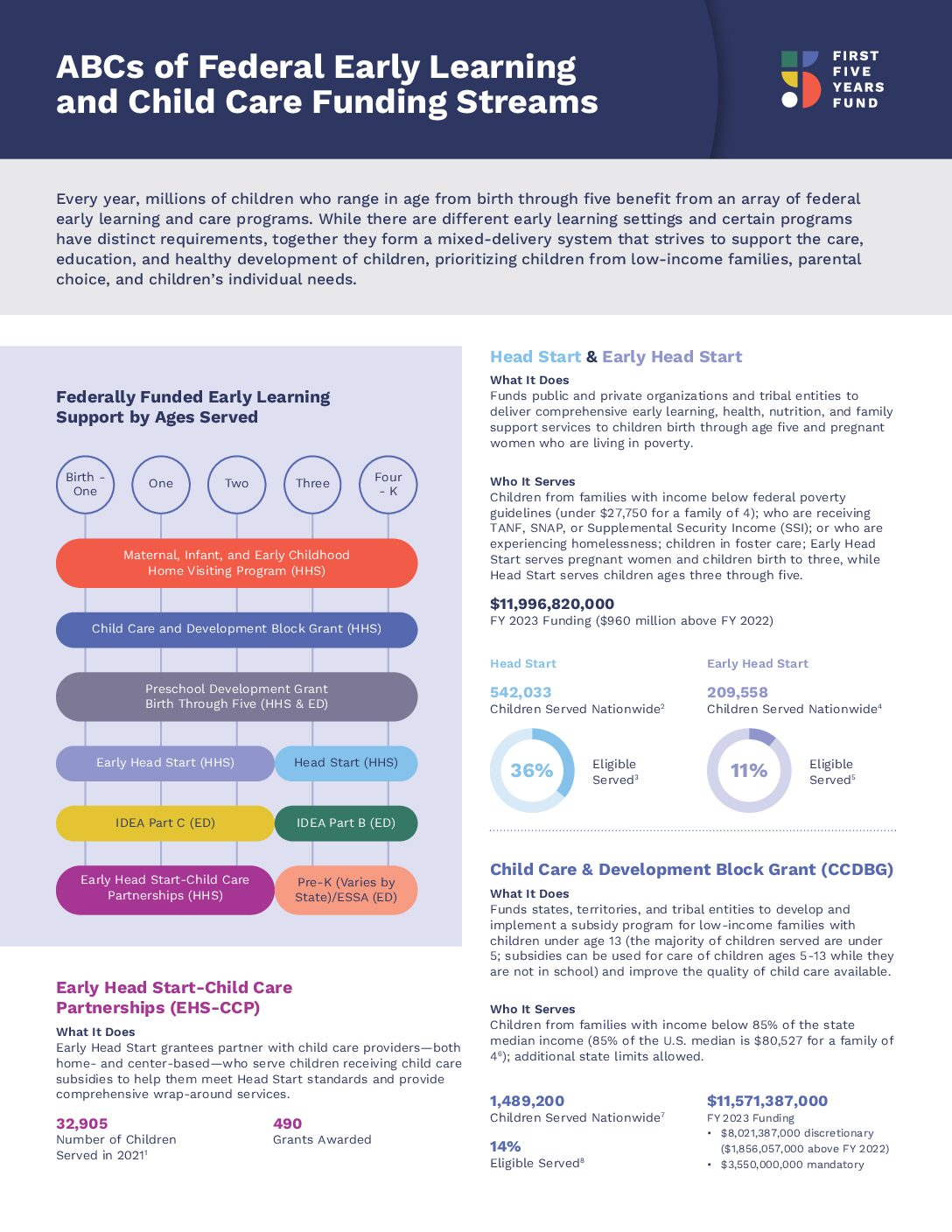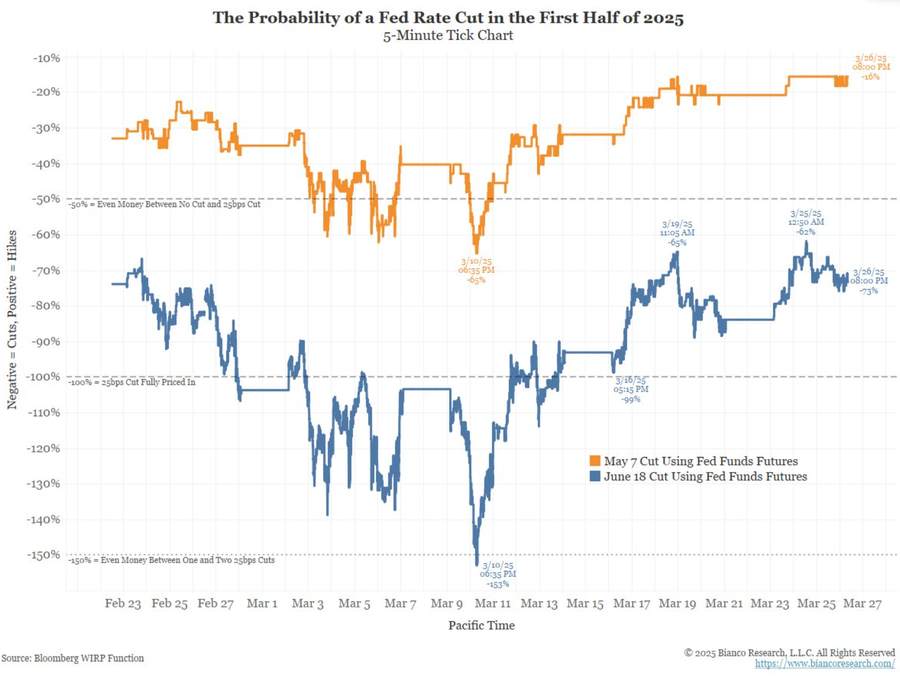Federally funded childcare has emerged as a pivotal issue in the ongoing quest for gender equity in the workplace, especially for working mothers seeking support to balance their careers and family responsibilities. New research by Nobel Prize-winning economist Claudia Goldin sheds light on the historical impact of childcare policies established under the Lanham Act during World War II, revealing how federal investment can effectively aid working families. As mothers filled labor shortages in various industries while men served in the military, the Lanham Act provided essential nursery facilities that supported their roles in the workforce. This groundbreaking legislation not only highlighted the necessity of childcare support but also demonstrated its positive influence on economic participation. By understanding the legacy of federally funded childcare, we can explore its implications for today’s policies and the continued support for working mothers.
Subsidized early childhood education programs have become an essential topic in discussions about parental support and economic recovery. Insights from historical legislation, such as the federally subsidized childcare initiatives stemming from the Lanham Act, reveal significant trends in how such programs can enhance workforce participation among mothers. This discussion encompasses the broader specter of childcare reform and its direct correlation to the financial stability of families, while also addressing the strides made in childcare policies aimed at reducing the gender wage gap. By recognizing the importance of government-backed nurseries and their role in empowering working parents, we can better advocate for modern initiatives that prioritize the needs of families in today’s economy.
The Historical Impact of Federally Funded Childcare
Federally funded childcare has played a pivotal role in shaping policies that support working mothers throughout history. The Lanham Act, passed during World War II, federally financed childcare to meet the labor demands created by the war. This legislation established nurseries for preschool-age children and provided extended-hour services for schoolchildren, marking one of the first significant federal interventions in childcare. While primarily aimed at assisting working mothers, this program laid the groundwork for discussions about childcare policies that continue to impact gender equity in the workplace today.
Research by economists, including Nobel laureate Claudia Goldin, emphasizes the need for federal childcare initiatives in addressing labor shortages and supporting working mothers. Goldin’s analysis of the Lanham Act highlights that these childcare provisions were essential for enabling women to enter and sustain their positions in the workforce, many of whom might have otherwise faced barriers due to childcare responsibilities. The comprehensive support provided by these nurseries underlines the importance of proactively investing in federal programs that can significantly influence labor participation rates among women.
Childcare Policies and Gender Equity
Childcare policies directly correlate with gender equity in the workplace, as the availability of quality childcare allows women to balance careers and family responsibilities effectively. According to various studies, including those by Nobel Prize-winning economists, when childcare services are readily accessible, women are more likely to participate in the workforce. This empowerment through support systems helps pave the way for long-term career advancement and reduced wage disparity, promoting a more equitable work environment.
However, despite the historical precedents set by acts like the Lanham Act, ongoing challenges persist in the current childcare landscape. Many women still face significant obstacles in accessing affordable and high-quality childcare, which can lead to reduced labor force participation. Policies that prioritize working mothers’ needs are essential in fostering gender equity; thus, understanding the implications of past initiatives is crucial for shaping future childcare provisions that can facilitate the economic participation of women.
Learning from the Lanham Act: Lessons for Today
The Lanham Act serves as a critical case study for modern childcare policies aimed at bolstering economic productivity. By analyzing its successes and limitations, policymakers today can glean valuable lessons about the necessity of federally funded childcare programs. For instance, Goldin’s research suggests that the act wasn’t solely about creating more nurseries—the broader implications involved encouraging women to take on essential roles in the workforce without sacrificing family care responsibilities.
In re-examining the Lanham Act, it becomes evident that a universally accessible childcare system can lead to enhanced labor outcomes not just for women, but for the economy as a whole. The historical insights gleaned from this program reveal how strategic investments in childcare could support working mothers and bolster workforce participation, a crucial factor as societies aim for comprehensive recovery and resilience in the realm of economic growth post-pandemic.
The Role of Economists in Shaping Childcare Policy
Economists, including influential figures like Claudia Goldin, have played a substantial role in shaping our understanding of the economic implications of childcare policies. Through research that examines historical data and contemporary models, these economists can highlight the socioeconomic benefits of investing in programs like the Lanham Act. Their findings suggest that adequately funded childcare not only supports working mothers but also has far-reaching effects on national growth and labor market efficiency.
The influence of economists extends beyond research; their insights can guide policymakers towards creating robust frameworks that prioritize childcare. By advocating for federally funded childcare systems, they contribute to the ongoing discourse surrounding working mothers’ needs and the importance of gender equity in economic development. This intersection of economic theory and social policy emphasizes the need for comprehensive analysis to drive effective legislative changes.
The Lanham Act’s Legacy in Modern Childcare Discussions
The legacy of the Lanham Act resonates strongly in today’s conversations about childcare, offering a reference point for advocates who push for similar initiatives. As discussions around working mothers support evolve, the fundamental principles established during the Lanham Act era remain relevant, particularly in the context of seeking equitable solutions for families. This historical act serves as a reminder of the positive impact that well-structured federal support can have on labor participation.
Contemporary debates surrounding childcare policies often reference the Lanham Act to argue for increased government intervention in support of working families. The evidence from Goldin’s research underscores the significant social and economic benefits derived from such programs, reinforcing the idea that investing in childcare is not only a social good but also an economic imperative. Activists and policymakers alike continue to draw upon this legacy to advocate for comprehensive childcare reforms that address the current needs of working mothers.
Understanding Childcare’s Economic Contributions
Childcare’s economic contributions are often underappreciated, despite substantial evidence suggesting that accessible childcare programs can catalyze broader economic growth. Economists like Goldin illuminate how provisions such as those seen in the Lanham Act can spur increased labor force participation rates among women. This boost not only expands the workforce but also enhances productivity, resulting in a multiplier effect throughout the economy.
Moreover, when women are supported by quality childcare options, they tend to contribute more to their families’ financial stability. This creates a ripple effect, as families with better financial health can invest in education, healthcare, and overall community development. Thus, understanding the economic implications of childcare is vital; it represents a significant investment in society’s future, reflecting the interconnectedness of family well-being, workforce participation, and economic prosperity.
Challenges in Implementing Childcare Solutions
Despite the advantages of federally funded childcare programs, numerous challenges hinder their implementation. The historical lens provided by the Lanham Act shows that while there was initial enthusiasm for supporting working mothers, sustained commitment and funding are crucial for the long-term success of such initiatives. Modern discussions reveal similar constraints, particularly with regard to budget allocations, which often leave childcare underfunded and inaccessible.
In defending the necessity of robust childcare systems, we must address these ongoing challenges directly. Advocacy for policies reminiscent of the Lanham Act must consider the barriers that prevent equitable access to childcare for all families. This involves examining the allocation of resources, addressing legislative gaps, and ensuring comprehensive coverage that meets the diverse needs of working mothers within varied socioeconomic strata.
Key Policy Recommendations for Future Childcare Initiatives
As we look forward to enhancing childcare policies moving beyond the legacy of the Lanham Act, it is important to develop comprehensive strategies that prioritize the needs of working mothers. Recommendations should include increasing federal investments to create universally accessible childcare programs that cater to families of all income levels. Such initiatives would not only alleviate the burden on working families but also boost economic participation among women, thereby promoting gender equity.
Additionally, policymakers should explore partnerships with community organizations and employers to develop innovative childcare solutions. This collaborative approach can lead to tailored services that meet the unique needs of specific populations. Implementing feedback mechanisms to assess community needs and preferences will also enhance the effectiveness of childcare initiatives, ensuring that they are sustainable and responsive to the evolving landscape of family and work life.
Conclusion: The Path Forward in Childcare Support
As we navigate the complexities of advancing childcare support, the lessons learned from the Lanham Act offer invaluable guidance for future efforts. The balance between federal support and community-based solutions could pave the way for a more equitable society where working mothers can thrive professionally and personally. It is essential to keep the conversation alive about the importance of adequately funded childcare as a cornerstone of gender equity.
Moving forward, ongoing research and dialogue among economists, policymakers, and community leaders will be necessary to create a landscape where childcare is recognized as a foundational aspect of workforce participation. As demonstrated through historical evidence, strong federal childcare policies are not only beneficial for working mothers but are also critical in fostering a robust economy for all.
Frequently Asked Questions
What is the impact of federally funded childcare on working mothers’ support and gender equity?
Federally funded childcare plays a crucial role in supporting working mothers by providing the necessary resources for their children, allowing these mothers to participate fully in the workforce. Programs like the Lanham Act during World War II illustrated how such childcare policies can enhance gender equity in the workplace, enabling women to leave their homes and take on jobs that contribute to the economy.
How did the Lanham Act influence federally funded childcare programs?
The Lanham Act, enacted during World War II, significantly influenced federally funded childcare by establishing nurseries aimed at supporting working mothers. This legislation not only facilitated women’s employment but also contributed to a robust labor market by funding childcare services that allowed mothers to work, demonstrating the long-term benefits of such policies for women’s economic participation.
Why are federally funded childcare programs important for childcare policies today?
Federally funded childcare programs are essential today as they reflect successful childcare policies from the past, like those under the Lanham Act. These programs can improve access to quality childcare, reduce the financial burden on families, and support working mothers, ultimately fostering a more equitable workplace.
What lessons can we learn from the role of federally funded childcare in supporting working mothers?
The historical analysis of federally funded childcare, such as that provided by the Lanham Act, teaches us that strong childcare policies are vital for supporting working mothers. They can lead to increased labor participation, economic stability, and advancement toward gender equity in the workplace.
In what ways does federally funded childcare impact economic output?
Federally funded childcare impacts economic output by enabling more mothers to enter the workforce, which in turn increases overall economic productivity. Research, including studies from Nobel Prize economists, shows that effective childcare policies can liberate labor resources, thus enhancing the economy during critical periods, such as war or economic downturns.
How does the current funding for childcare compare to the support provided under the Lanham Act?
Current funding for childcare often focuses on low-income families through programs like Head Start, which is narrower in scope compared to the universal approach of the Lanham Act. The original Lanham Act funded a broader range of childcare services for working mothers, demonstrating the potential effectiveness of expansive federally funded childcare.
| Key Points |
|---|
| The 1940 Lanham Act provided federally funded childcare to support working mothers during WWII. |
| Claudia Goldin’s research highlights the importance of this program in aiding women’s labor force participation. |
| Lanham nurseries were accessible to mothers with children aged 2 to 11 and provided education and meals. |
| The program also helped working mothers gain higher-wage jobs as industries expanded during the war. |
| Despite initial resistance, mothers became essential to the workforce as men were deployed. |
| The program primarily benefited women already in the workforce rather than those needing employment. |
| The ongoing research continues to uncover new insights about the impacts of the Lanham Act. |
Summary
Federally funded childcare has proven to be an essential support system for working mothers, particularly highlighted by the historical lessons from the 1940 Lanham Act. This program not only provided necessary childcare services during World War II but also significantly contributed to women’s participation in the workforce. Claudia Goldin’s ongoing research emphasizes the importance of such initiatives in shaping labor dynamics and the potential benefits of federally funded childcare in addressing contemporary workforce challenges.



